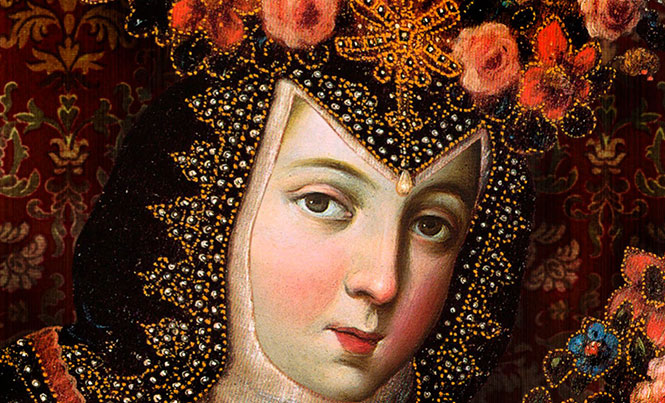Las Monjas Coronadas: The Crowned Nuns
With very limited options during the eighteenth century in Mexico, many women went into religious service at very young ages to spend the rest of their lives there, and many of them did it against their will

Mexico’s history is full of legends, characters, secrets, and sad moments. On this occasion, I will tell you about one of these sad times in our history during the colonial period, where women are protagonists. During the eighteenth century, there were very few options for young women. They could either get married or enter the convent to spend the rest of their life there as nuns. It is important to remember that at that time, women did not have the right to free speech or to vote, in Mexico or anyplace else in the world.
For society in Morelia, Michoacan, this so-called honor of becoming a nun, was the responsibility of the oldest sister. But if she did not want to, the next youngest sister would do so. Young women who entered the convent belonged to wealthy families, so having a daughter who belonged to a religious order was prestigious.
Surely not all the young ladies who entered the convent wanted to do so, some of them wanted to get married, and there are hundreds of stories of those who were forced into the convent against their will. In some cases, they entered because the family would be shamed if she stayed at home. Some entered the convent at the age of only thirteen years old.
The cloistered nuns had a series of paintings representing them at two points in their life in the convent: the profession of their vows and their death. In both, they were crowned with an enormous ring of flowers of bright colors and held a scepter and a bouquet of equally colorful flowers. These paintings represented a significant genre of art in Mexico at the time. While vibrant and colorful, the portraits also captured the sometimes stoic or perhaps resigned expressions of these young girls at a moment where they were professing their vow to God and the Church and the symbolic death of their life in the outside world. These paintings can be seen at the National Colonial Museum in the Pueblo Mágico, Tepotzotlán, in Morelos, outside of Mexico City.








